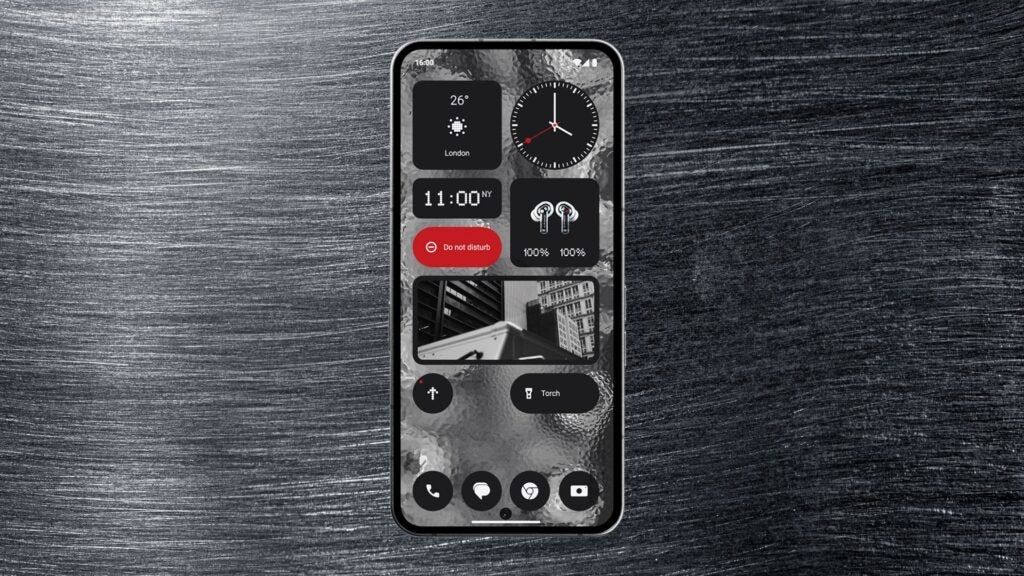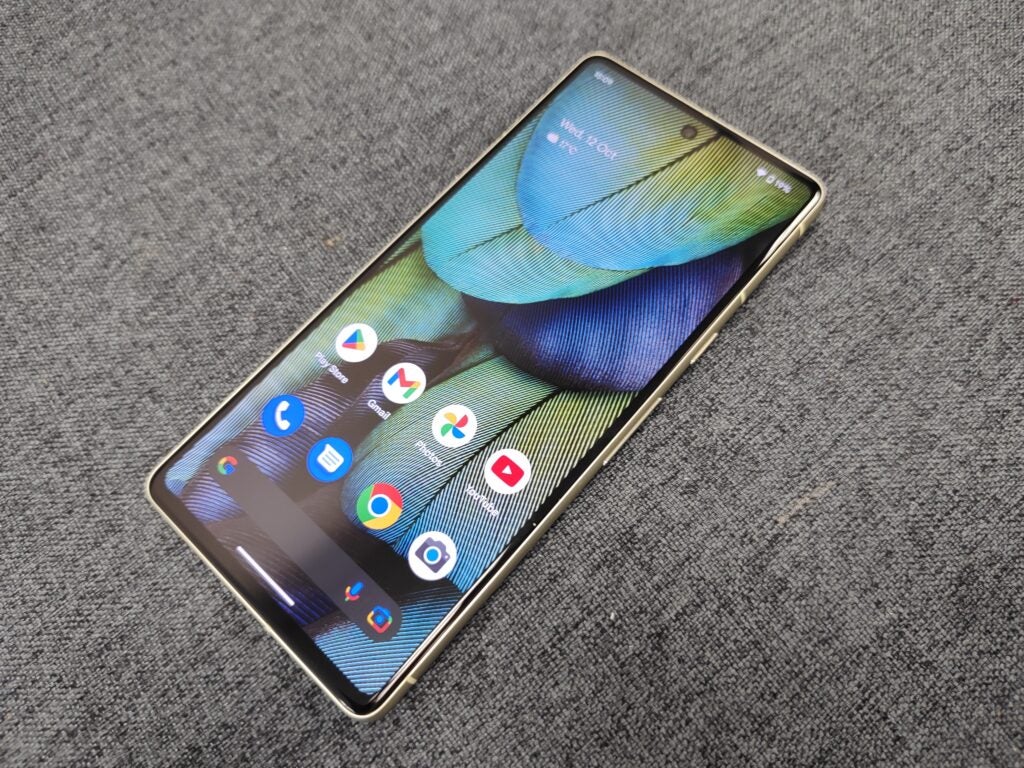Nothing has just revealed the Nothing Phone (2) and it’s quite the upgrade compared to the original – but how does it stack up to the Google Pixel 7? The two are similarly priced after a price hike from Nothing, after all.
Despite a similar (or identical, if you’re in the US) price tag, there are plenty of differences between the two smartphones, from the approach to hardware and design to the Android-powered software that powers them.
Here, we outline five key differences between the Nothing Phone (2) and Google Pixel 7 to help you decide which is best for your needs.
Nothing Phone (2) has the Glyph Interface
One of the ways that the Nothing Phone (2) (along with its predecessor, the Phone (1)) stands out from the competition is with its Glyph Interface – a range of white LEDs embedded within the transparent rear of the smartphone.
Far from being there just for visuals, the interface can be used as a visual prompt when receiving notifications and calls and as a fill light when taking photos in dark environments. The Phone (2) takes it to the next level with more LEDs that allow for more refined light tricks, allowing the interface to display things like timers, volume levels and even app status updates for apps like Uber and Deliveroo.
The Pixel 7, on the other hand, boasts the same visual identity as previous entries in the Pixel family, complete with a large block on the rear housing the twin camera setup. The combination of steel and glass is very much a premium one, and it’s available in a variety of colourful options compared to the Nothing Phone (2)’s grey and white, but it doesn’t light up…
Nothing Phone (2) has a very stylised OS
Google’s Pixel range is universally complimented for its stock approach to Android, and that’s no different with the Google Pixel 7’s vanilla interpretation of Android 13. It features Material You support, allowing your wallpaper to better match the UI, along with other stock Android features, and it has minimal bloatware too.
The Nothing Phone (2)’s Nothing OS 2.0 couldn’t be any more different; it’s heavily stylised with a dot-matrix style iconography and matching text, as well as a focus on monochrome – think whites, greys and blacks.

It certainly looks visually appealing, and Nothing has managed to integrate support for all apps (regardless of whether they officially support the skin) within its Nothing iconography. That’s a refreshing change compared to other skins that tweak the look of app icons, with there usually being exceptions to the rule in your app list.
The Google Pixel 7 has impressive AI capabilities
The Google Pixel 7 is powered by Google’s own Tensor G2 chipset that, unlike the Snapdragon 8 Plus Gen 1 found within the Nothing Phone (2), doesn’t focus on pure performance power. Instead, it dedicates a lot of power to AI – and that means the Pixel 7 can do some pretty cool things.
AI-powered features available on the Pixel 7 include the ability for Google Assistant to screen incoming calls from unknown/spam callers, intelligently listen out for music in your environment and note it down for later reference, allow for impressive camera processing and even advanced editing features like Magic Eraser and Magic Unblur.

It also has some of the best voice-to-text recognition around, according to our reviewer, along with on-device translation capabilities. If that sounds up your street, the Pixel 7 is the one to go for.
However, for pure brute power, the Snapdragon-equipped Nothing Phone (2) will likely be the better option. While we’re yet to benchmark the Nothing Phone (2) specifically, we’ve seen impressive CPU and GPU performance from other 8 Plus Gen 1-equipped phones like the Motorola Razr 40 Ultra.
The Google Pixel 7 has better digital zoom capabilities
The Nothing Phone (2) and Google Pixel 7 have a similar main camera setup – on paper at least – with a 50MP main snapper, though Nothing wins the megapixel wars with a matching 50MP ultrawide compared to the Pixel’s 13MP option. Neither has a dedicated telephoto lens, but for the Pixel 7, that doesn’t really matter.
When it comes to zoom capabilities, the Pixel 7 excels – and it’s mainly down to the AI-powered Super Res Zoom that delivers detailed shots even at 20x magnification. The Nothing Phone (2), on the other hand, caps out at 10x digital zoom.
It’s not just impressive when zoomed though; images from the Pixel 7’s other sensors are among the best around, with our reviewer commenting that images can be “jaw-droppingly good”. We’re yet to test the camera system of the Nothing Phone (2) but it sounds like it’ll have its work cut out.
The Nothing Phone (2) is cheaper in the UK
The Google Pixel 7 is attractively priced given its spec sheet, coming in at £599/$599. The Nothing Phone (1) had an impressive £399 price tag at launch last year, but the same can’t quite be said for the Nothing Phone (2) which starts at an increased £579/$599.
It’s still cheaper than the Google Pixel 7 in the UK (sorry US fans!), but it’s certainly not as cheap as its budget-friendly predecessor.










